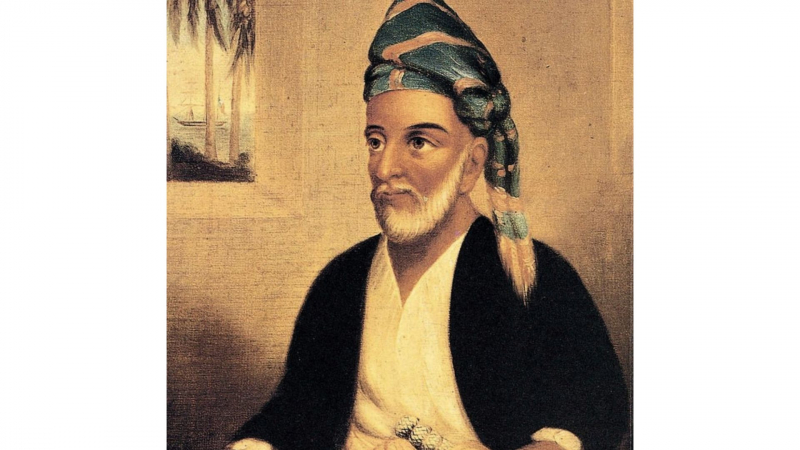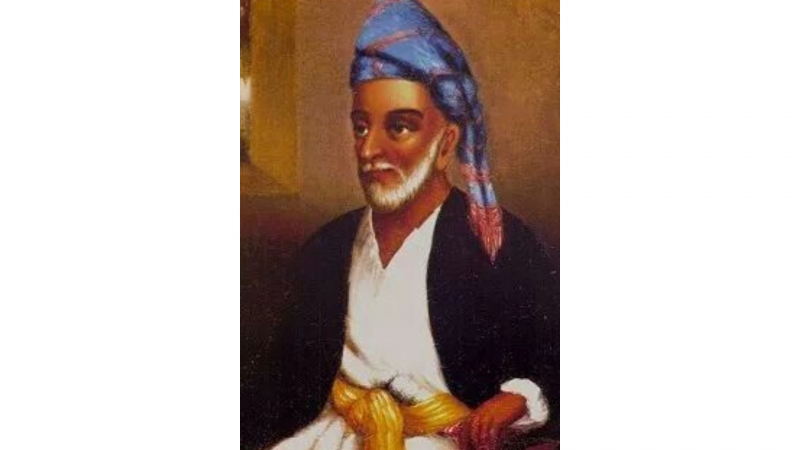Ahmad bin Said al-Busaidi
Ahmad bin Said al-Busaidi (1694 – 15 December 1783) was the first Al Said dynasty monarch of Oman. He came to power at a time when Oman was divided by civil conflict and substantial areas of the nation were conquered by the Persians. During his long reign as Imam, the kingdom thrived and reclaimed its dominance in the Persian Gulf.
By late 1744, Ahmad had gained control over a major portion of Oman. Bal'arab bin Himyar of the Yaruba was elected Imam in 1743, with the assistance of a certain Ghafiri of Dhahireh and the Semail. Bal'arab bin Himyar assembled a large force and pushed on Muscat, but was unable to capture the city. He then tried to kidnap Sohar. Ahmad went to the town's rescue, but was forced to leave after his forces left him at the Battle of Bitnah around the beginning of 1745. Ahmad made excuses to avoid paying tribute, so the Persians couldn't pay their men in Muscat, and many defected.
As the one who had liberated the kingdom from the Persian occupiers, Ahmad bin Said had great popular support. He quickly cemented his power using whatever methods were available. In his outlook as a ship owner and merchant, he saw the economic potential of Oman's position on trade routes and secured the support of tribal chiefs by engaging them in business endeavors. From there, he governed for 39 mostly tranquil years, despite intrigues by relatives of the deposed Ya'Aruba dynasty, other tribes, and two of his sons. Ahmad bin Said promoted agricultural and maritime trade development. For the first time in Oman's history, Ahmad bin Said kept a regular army and navy. In the late 1770s, he attempted to seize control of the Strait of Hormuz, which connected the Gulf of Oman to the Persian Gulf. Ahmad bin Said restored Oman's position as the leader of the Persian Gulf kingdoms.






